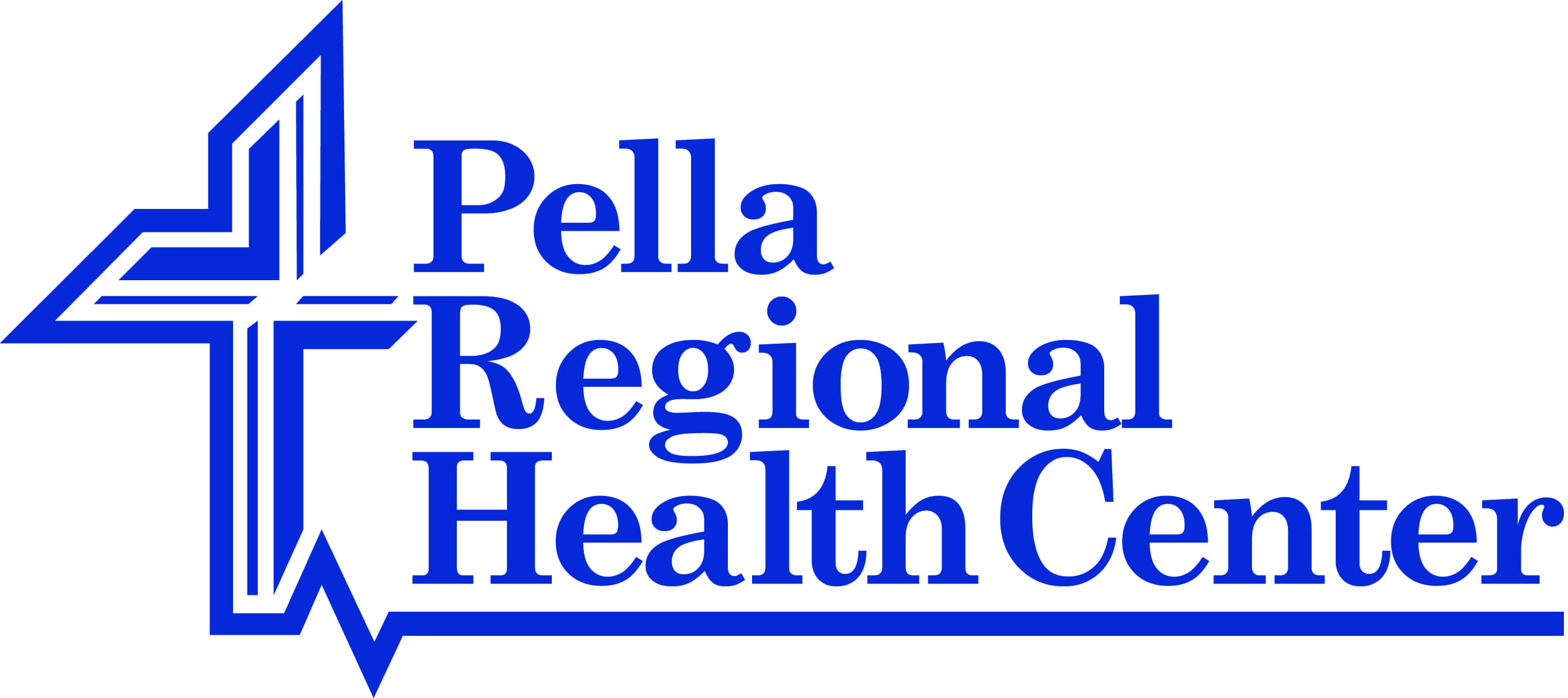
October is Sudden Infant Death (SIDS) Awareness Month and Pella Regional wants to remind the public on ways to reduce the risk to babies. Registered Nurse Kim Jenkins says SIDS is a sudden, unexplained death of a baby younger than 1 year old. According to the National Institute of Child Health and Human Development, SIDS is the leading cause of death among babies between 1 month and 1 year of age. The majority (90%) of SIDS deaths happen before a baby reaches 6 months of age. However, it can happen anytime during a baby’s first year of life.
“In 1992, the American Academy of Pediatrics began recommending that all babies be placed on their backs to sleep,” said Kim Jenkins, RN, at Pella Regional. “Since this time, the annual SIDS rate has declined more than 50%.”
Jenkins says there are ways to reduce risks according to the American Academy of Pediatrics:
· Always place a baby on his or her back to sleep, for naps and at night
· Use a firm and flat sleep surface, such as a mattress in a safety-approved crib, covered by a fitted sheet with no other bedding or soft items in the sleep area
· Breastfeeding babies have a lower risk for SIDS than babies who were never breastfed
· Share your room with the baby. Keep the baby close to your bed, but on a separate surface designated for infants, ideally for baby’s first year, but at least for the first 6 months
· Do not put soft objects, toys, crib bumpers, or loose bedding under baby, over baby, or anywhere in baby’s sleep area
· Do not smoke during pregnancy and do not smoke or allow smoking around your baby
· Think about giving your baby a pacifier for naps and nighttime sleep
· Do not let baby get too hot during sleep
· Follow health care provider guidelines on vaccines and regular health checkups for babies
· Avoid products that go against safe sleep recommendations, especially those that claim to prevent or reduce the risk for SIDS
· Do not use heart or breathing monitors in the home to reduce the risk of SIDS-talk with your health care provider before using any products
· Give your baby plenty of tummy time when he or she is awake and someone is watching
“The most important way to reduce risk is for all babies to sleep on their backs for all sleep times,” said Jenkins. “Babies should sleep on a flat mattress with a tight fitted sheet with no blankets, pillows, stuffed toys, or bumper pads in the crib until they reach 1 year of age.”
For more information on safe infant sleep, visit safetosleep.nichd.nih.gov, and hear more about SIDS awareness month on today’s Let’s Talk Pella.

